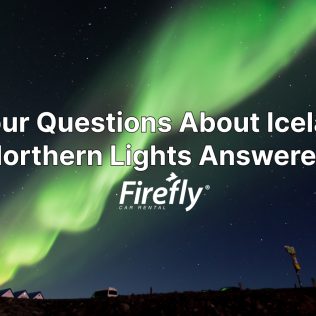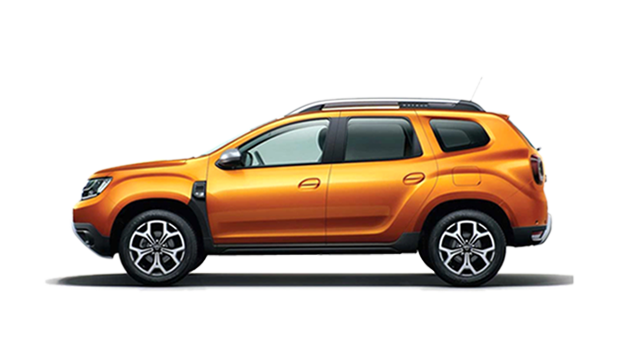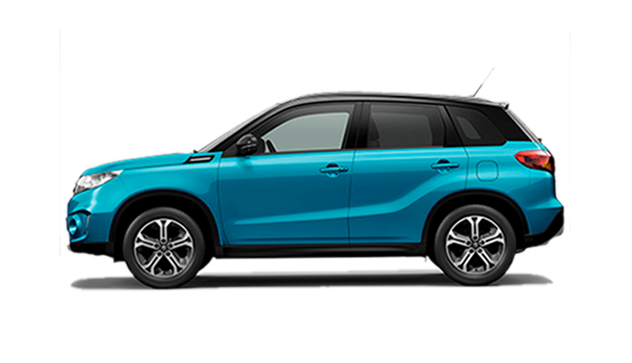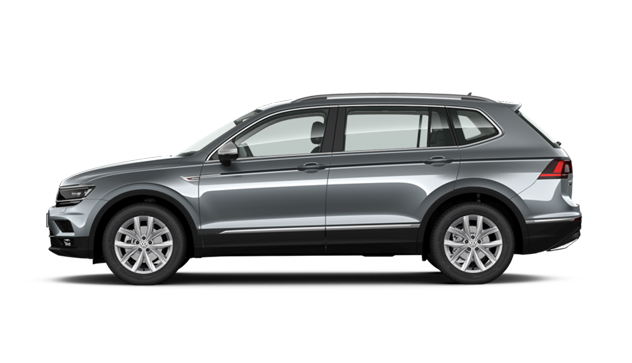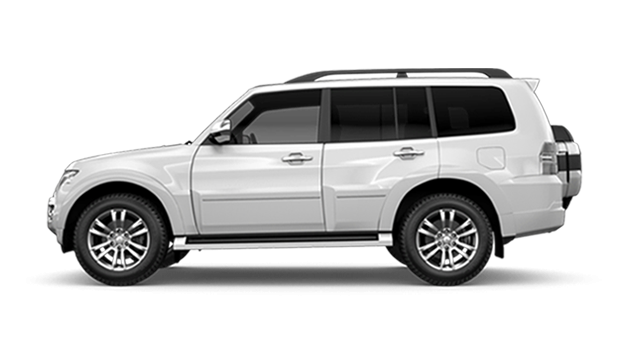Spotting the northern lights in Iceland is one of the most exciting parts of a trip to the Land of Fire and Ice. Many visitors plan their entire trip around catching a glimpse of these emerald ribbons dancing across the sky. Here’s everything you need to know about seeing the northern lights in Iceland. Including the possibility of seeing the aurora each month in Iceland.
How to See the Northern Lights in Iceland? The Basic Conditions
The basic requirements for seeing the northern lights in Iceland are as follows…
- Dark and clear skies.
- Look to the stars from September to April.
- Your viewing locations need to be away from the affection of city lights.
- When Icelandic met office (Vedur.is) display a good Aurora forecast
- Watch for high solar wind activity.
- Even if conditions are perfect (dark, clear skies in winter) there’s still a chance that you won’t be able to see the northern lights due to low solar activity.
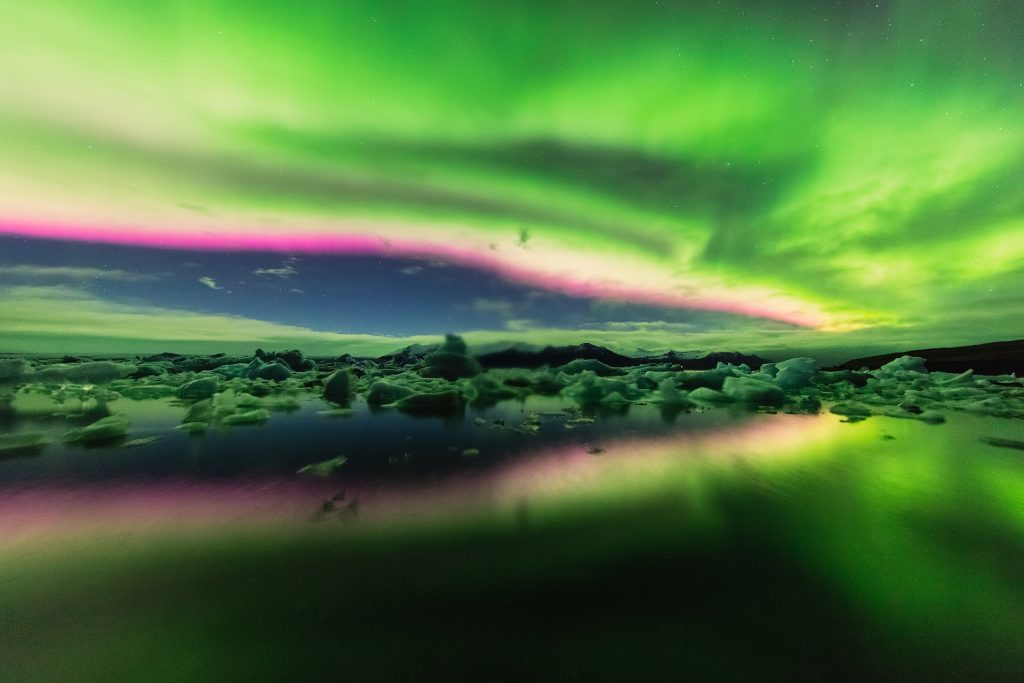
Iceland Northern Lights FAQs
When can you see the northern lights in Iceland?
Technically, you can see the northern lights from September to May in Iceland but peak season is from mid-September to mid-April and most aurora tours start in September and completely cease by mid-April.
Can you see the northern lights in Iceland in June?
No, it’s not possible to see the northern lights in Iceland in the month of June. June sees the longest days of the year with the summer solstice taking place on June 21st and sunlight hours stretching up to 22 hours a day, especially in the far northern cities like Akureyri.
Can you see northern lights in Iceland in July?
It is NOT possible to see the northern lights in Iceland in July. Long daylight hours prevent the sky from completely darkening which is essential for viewing the northern lights.
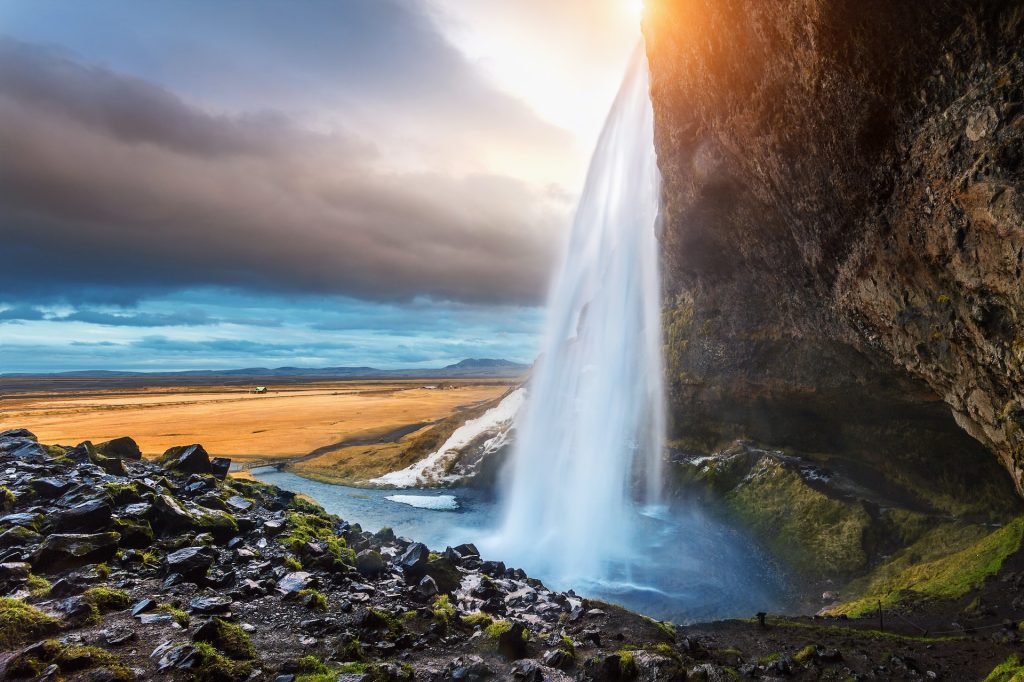
Can you see northern lights in Iceland in August?
No, you cannot see the northern lights in Iceland in August. Although the days will slowly begin to darken by the end of the month, conditions aren’t ideal for viewing auroras.
Can you see northern lights in Iceland in September?
Yes! It is possible to see the northern lights in Iceland in September. The days begin to darken to normal night time hours at the start of the month and visitors have the best chance of catching a glimpse of the aurora borealis towards the end ot September when some parts of Iceland see up to 15 hours of darkness.
Can you see northern lights in Iceland in October?
October ushers in shorter days, wish most of Iceland seeing between 8 and 11 hours of daylight depending on what time of the month. There’s certainly a chance of seeing the northern lights if you visit Iceland in October.

Can you see northern lights in iceland in November?
Iceland in November is a wonderful time to see the northern lights. Daylight is at a minimum and snowfall hasn’t reached it’s winter high yet meaning that the skies should be fairly clear depending on the year.
- Best Travel Guide to Iceland in November
Can you see northern lights in Iceland in December?
December brings the darkest days of the year. This can only mean one thing – excellent northern lights viewing! Visitors who are excited to see the auroras should keep in mind that December also sees some of the heaviest snowfall in Iceland which could mean more frequent cloudy skies.
- Best travel Guide to Iceland in December
Can you see northern lights in Iceland in January?
January is a great time to see the northern lights in Iceland! Polar night is at a premium and most cities in Iceland only see a few hours of daylight. Visitors will have plenty of chances to look skyward and catch a glimpse of the auroras.
Can you see the northern lights in Iceland in February?
Yes, you can see the northern lights in Iceland in February. February starts to bring longer daylight hours but nights are still plenty dark enough to see the auroras. Hop on a northern lights tour for your best chance of seeing them.
- Read the best Guide to February in Iceland
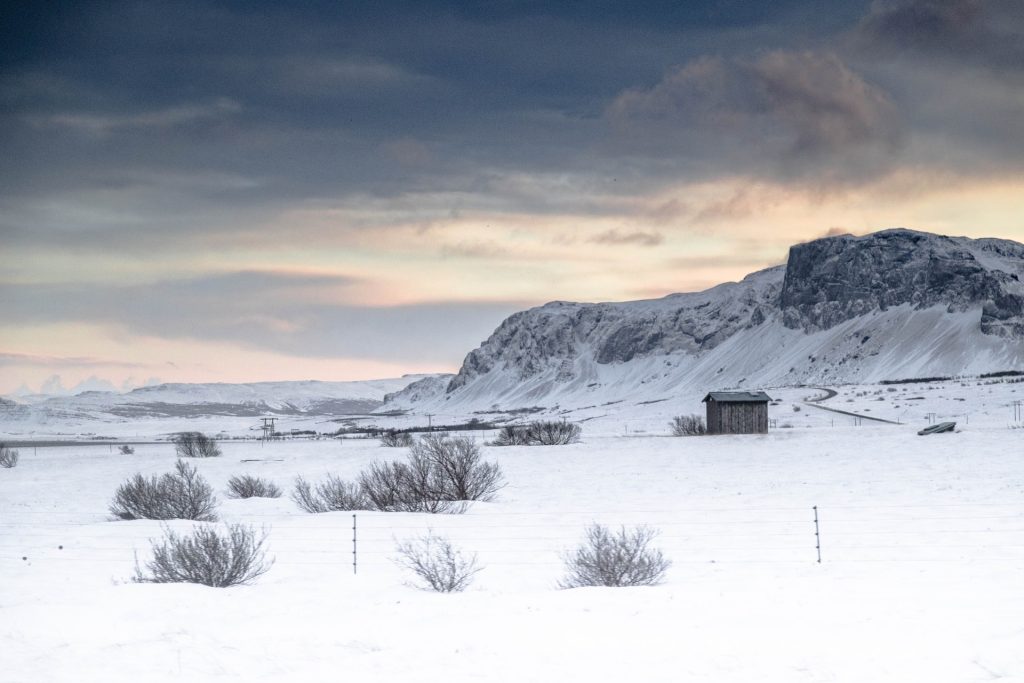
Can you see northern lights in Iceland in March?
March is a great month to see the northern lights as there are fewer visitors than other months. Daylight hours are almost “normal”, although nights are still dark enough for good aurora-viewing conditions.
- Read Best Guide to March in Iceland
Can you see the northern lights in Iceland in April?
April is the end of northern lights season in Iceland but it’s still possible to see them as long as skies are dark. By mid-April, most northern lights tour companies will have stopped running excursions.
Can you see the northern lights in Iceland in May?
As Iceland marches towards peak summer, it also marches towards long days of plentiful sunshine that stretch well into the evening hours. Unfortunately, this also means that it isn’t possible to see the northern lights in Iceland in May.
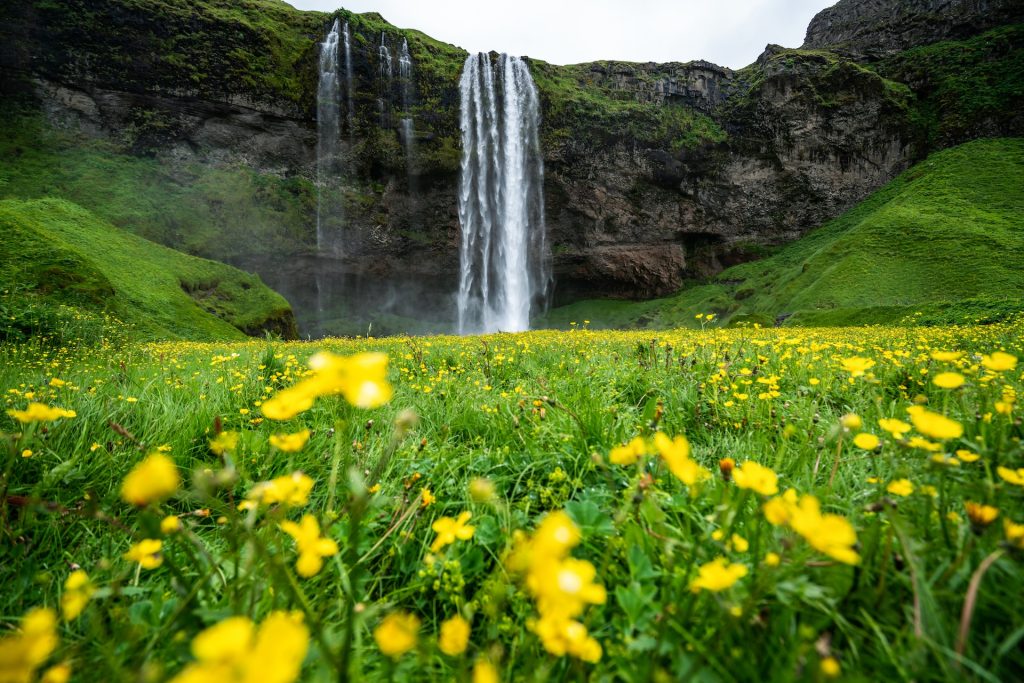
Where can you see the northern lights in Iceland?
You can possibly see the northern lights everywhere in Iceland – as long as the conditions are good. Check live cloud coverage before heading out as well as the aurora forecast and wait for a clear, dark night for your best bet on seeing them.
How to see the northern lights in Iceland
There are several ways to see the northern lights in Iceland. Whether you prefer to hop on a tour or do a DIY road trip in search of the colorful auroras, there’s no right or wrong way to do it. Be sure to plan your trip for the winter months and look for a night where the forecast is clear for your best shot at seeing them! Both tours and renting a car off the chance to get off the beaten path and away from the light pollution of cities.
If seeing the northern lights in Iceland is on your bucket list, we highly recommend renting a car to do so. The freedom of having your own set of wheels enables you to reach areas where the auroras can really come alive.
Book your rental car through Firefly Iceland Car Rental for the best rates in the land of Fire and Ice!
